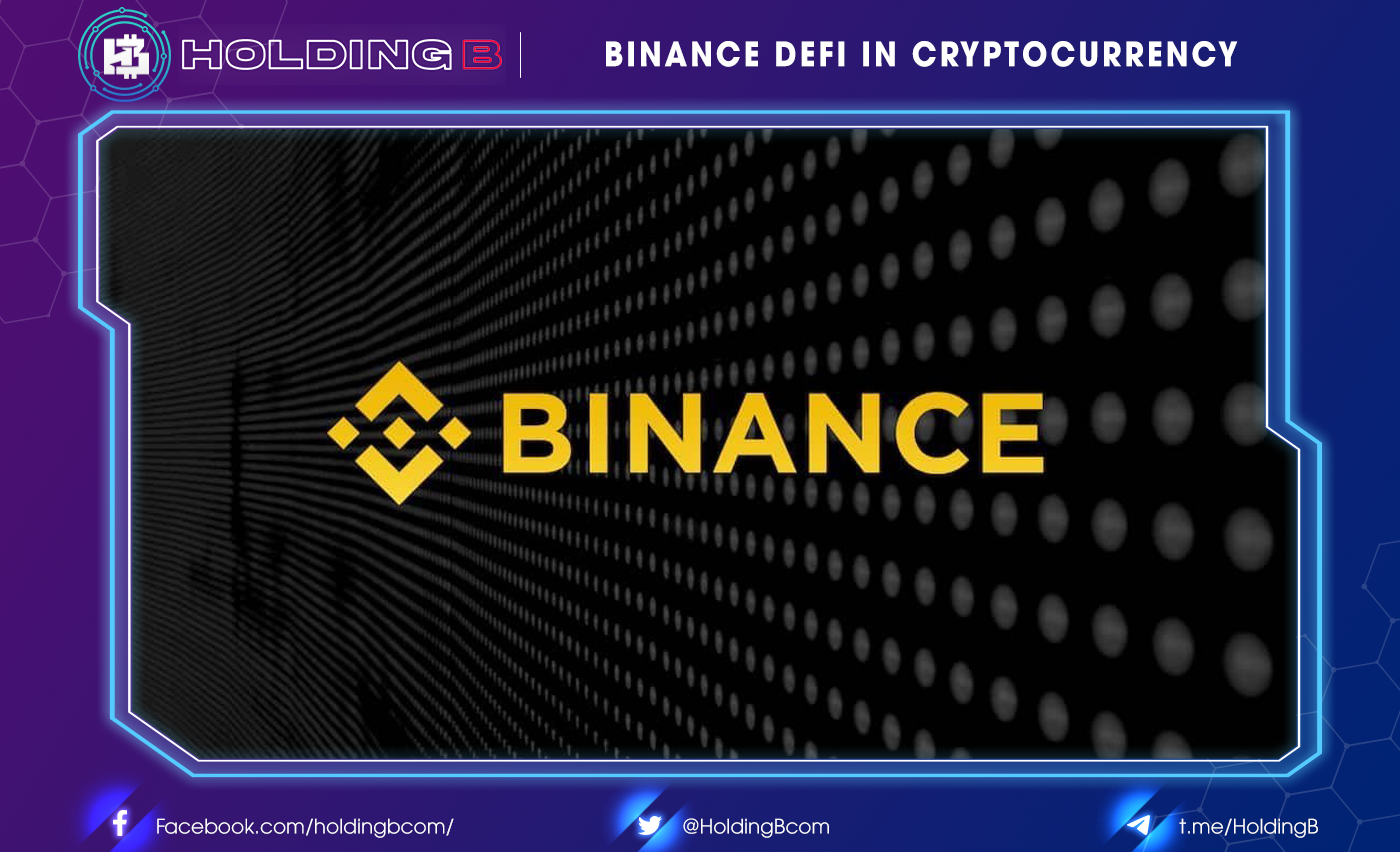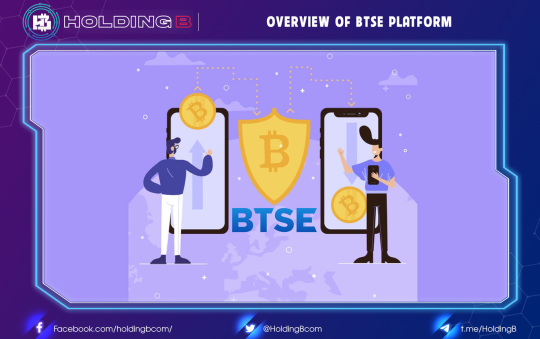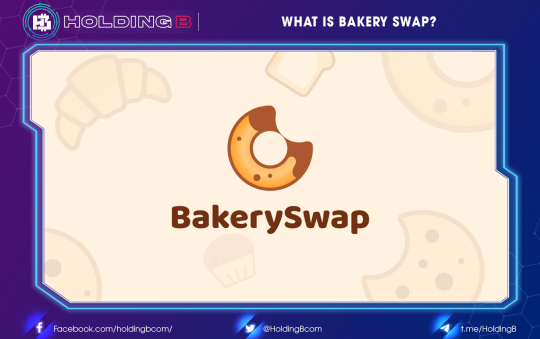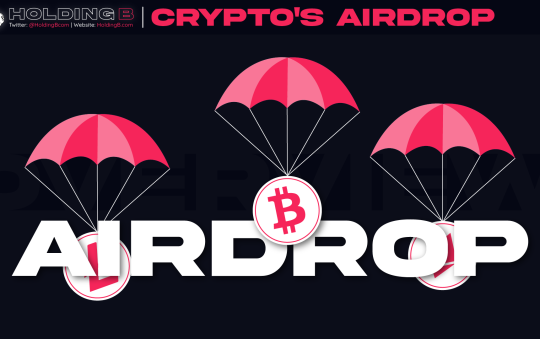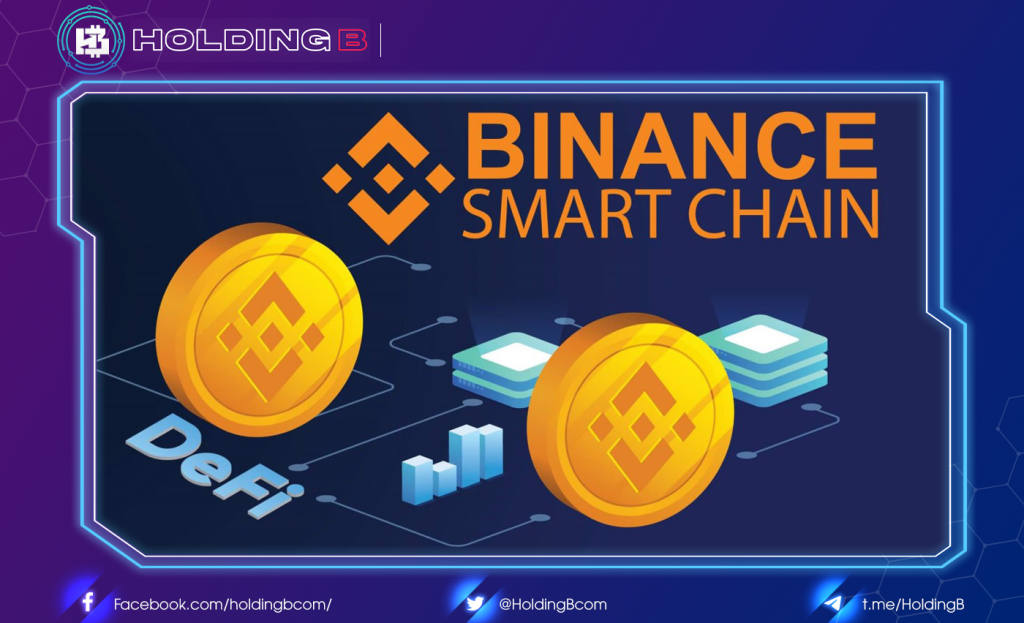
What is Binance DeFi?
The Binance Smart Chain is its own chain and not a layer 2 solution on the current Binance mainnet; it was built to be a standalone product designed with DeFi’s “financial freedom” ethos, and positions Binance as a convenient, centralized exchange within the growing DeFi ecosystem.
The Binance Smart Chain itself is at least not custodial, which means it doesn’t manage user assets. Binance DeFi hosts a suite of developer tools to incentivize innovation and provide everyday users with an accessible means of interacting with the DeFi ecosystem. The Binance DeFi ecosystem comes with:
- a decentralized exchange (DEX)
- the ability to bet on cryptocurrencies
- the ability to build dApps, similar to the Ethereum Virtual Machine.
Binance Decentralized Exchange (DEX)
The availability of “reliable liquidity” is a key issue that plagues decentralized exchanges.
Slippery is another annoying DEX problem; it happens when traders are forced to settle for different prices due to market movements before settling on a trade. It is difficult to justify using a DEX over a centralized exchange or a main broker when transferring large amounts of tokens.
Binance DEX aims to help users trade large volumes of trades at scale. The DEX can act as an on or off ramp, based on regulations in the user’s region. Users can also purchase crypto using Visa and Mastercard credit/debit cards.
The DEX allows users to represent Ethereum-based ERC20 tokens in the ecosystem through a Binding is the process that allows tokens to be traded cross-chain (i.e., between Binance Smart Chain and another blockchain). Binding tokens can be represented on the BSC.
Binding requires interaction with the Binance TokenManager contract. The owner of the BEP20 token address must:
- Use something like MyEtherWallet to invoke the token approval for the TokenManager contract.
- Then, in myetherwallet, call accepted Bind in the TokenManager contract to approve the binding request from the BEP20 holder address.
- Binance Chain binding approval
Crosschain interoperability locks value in a smart contract and then represents it as a token on another chain, so scarcity is maintained.
Tokens from ETH are locked through a smart contract with BSC.
Staking on the Binance Smart Chain
Blocks are generated by validators on the BSC.
Validators are those who have paid for the cost of the software and hardware to run a node; these costs include a minimum of 10,000 BNB for self-staking and a PC with the following minimum specs: a CPU with 8 cores, 16GB RAM, and 500 SSD storage.
The representative is the user who places a meaningful amount of BNB; they decide to rotate the validator’s current. Users can automatically stake their BNB just by holding BNB tokens on the Binance exchange on the main Binance Chain. To participate in the DeFi instance, the authorized person has to select validators from the list of validators available on the website to earn rewards from the system.
With BSC’s Proof of Staked Authority (PoSA) system, validators and block producers have an equal opportunity to earn fees. This happens because validators are rotated and the system that determines the rotation is controlled by those authorized to vote with their BNB coin allocation.
Therefore, validators must engage an authorized person who chooses to stake their BNB with them.
Fees are issued to validators, who in turn give a percentage to the authorizers. When selected, the deposit will be locked for 7 days. In theory, if validators are too greedy and don’t distribute enough fees, they will be voted down based on the loss of bet value. Share gain or loss is generally what the BSC uses as a measure of confidence.
So validators must attract and keep proxy votes by preventing hacks and distributing enough fees to make staking attractive.
The distribution of stake rewards is delayed for two days, and the authorizer gets their money first; the rest goes to the validator. As a result, validators are incentivized to do their work honestly without the need for a manual execution central entity.
Binance Staking Rewards are distributed on BC daily around 00:00 UTC.
Building dApps on Binance Smart Chain
In traditional finance, organizations that develop tools are allowed to operate in the market, and access is usually limited to corporate employees.
Users in the cryptocurrency industry want total or at least majority control over the instruments used to access the market.
There are over a hundred decentralized applications (dApps) on the Binance Smart Chain. Developers can build their own tools to interact with the BSC, defining their own rules for how users interact with the marketplace.
Currently, more than 180 projects are hosted on-chain as Dapps. There is no form of support for the listed projects. Therefore, do your own research before locking down any tokens on the platform.
Is Binance DeFi Legit?
Open source software allows major systems to become interoperable and interoperable. As shown in software development, when there is open software, systems are easily integrated and players can communicate openly.
Innovation is thus a by-product of an environment that encourages freedom rather than restricts it.
As the DeFi ecosystem grows, projects like BSC and ETH will likely become more interoperable, making these tools more accessible to everyone.
DeFi still seems to be a long way from reaching the mainstream user base. However, the pace of innovation could make for a much more DeFi-friendly product in the future. When the retail public finally interacts with DeFi, they may not even know they’re using a blockchain-based platform.
Blockchain enables decentralized money native to the Internet, which can be programmed to represent anything a user wants, whether it’s a house or an NFT of a cat. Imagine you could take out a loan with CryptoKitty as collateral.
DeFi gives blockchain innovation a palpable focus.
Binance’s DeFi Game is notable because it offers the advantages of a centralized platform for innovation in a decentralized ecosystem; it has the resources, a coordinated focus, and an army of developers that unite internally to accomplish its goals.
However, the stigma associated with its centralization has strengthened the beliefs of Ethereum maximalists, as well as encouraged innovation in other DeFi ecosystems.
See ya in the next article !
Don’t forget to follow useful articles about Crypto Market from team Holding B !!!
- Telegram Channel: https://t.me/HoldingBcom
- Telegram Group: https://t.me/HoldingB
- Website: https://holdingb.com/
- Twitter: https://twitter.com/HoldingBcom
- Facebook: https://www.facebook.com/holdingbcom

